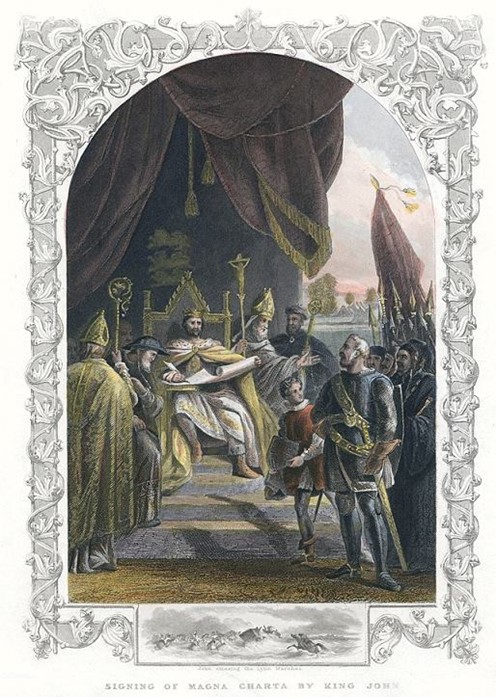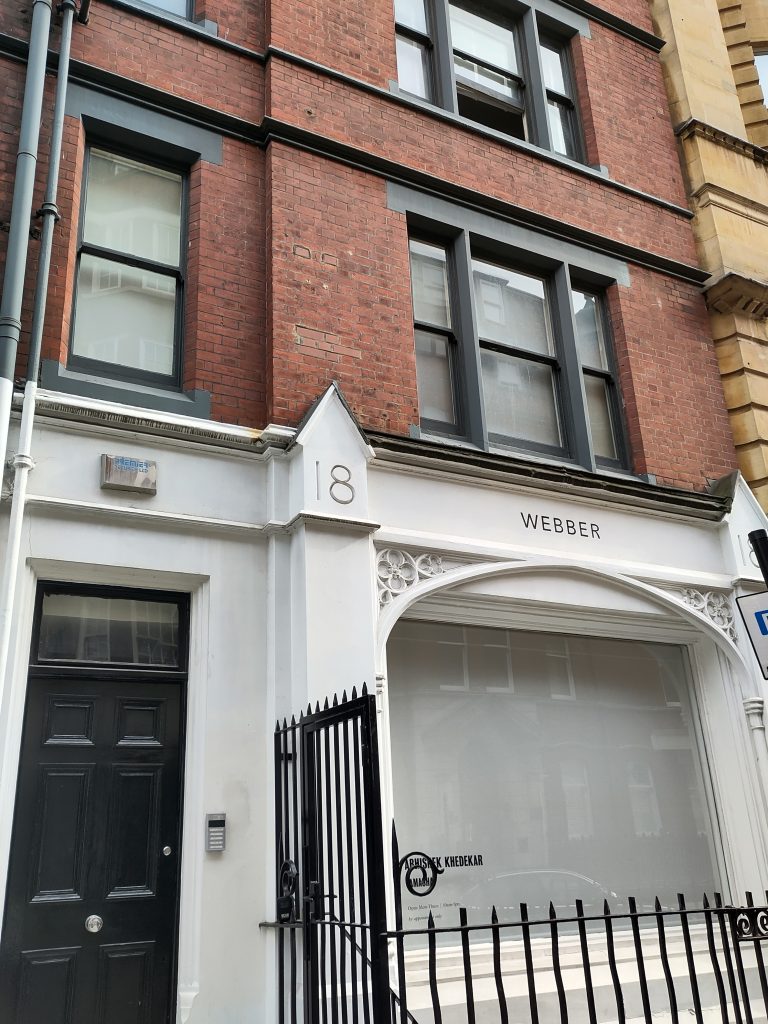In exploring the life and works of Joseph Backler
We uncover a tale of artistic brilliance and financial struggle that spanned the tumultuous landscape of 19th-century London.
Born in 1788, Backler’s journey into the world of art began under the tutelage of Charles Muss, a respected enamellist and glass painter of the era. Backler’s early career showed promise, and he soon established himself as a painter on glass, gaining recognition for his work.
One notable example of Backler’s prowess was the “Great Norfolk Window,” a masterpiece commissioned by the Duke of Norfolk for Arundel Castle’s Baron’s Hall. Meanwhile, an article published in The Gentleman’s Magazine in April 1817 hailed him as a leading figure in the field. The article praised Backler’s talent and dedication, highlighting his ability to push the boundaries of glass-staining artistry while maintaining a humble demeanour.

Operating from premises at 18 Newman Street, Backler’s studio served as a venue for showcasing his works for potential patrons. It was a few doors away from famous artist Benjamin West, with whom Backler collaborated. However, even this prime location and notable connections couldn’t shield Backler from financial downfall.

In 1810, Backler married Jane Cowie, with whom he had five children. Their family life seemed stable, but financial troubles loomed over Backler’s career. Bankruptcy proceedings from 1819 to 1823 marked a significant setback, leading to the surrender of his lease at 18 Newman Street and the dispersal of his family. While his wife and daughters returned to Scotland, Backler remained in London, grappling with the challenges of financial instability.
The year 1831 marked a turning point for the Backler family, as his son, also called Joseph, became embroiled in a series of fraudulent activities involving forged cheques. His arrest and subsequent trial revealed a shocking descent into criminality, culminating in a guilty verdict and a death sentence.
Amidst the turmoil surrounding his son’s downfall, Backler himself faded into obscurity, with little mention of his artistic endeavours in later years. Despite commissions at Hereford Cathedral and the Mausoleum at Claremont, all but one of his windows have been lost to time – and that surviving window is our very own East Window.
The 1841 Census provides a glimpse into Backler’s solitary existence, residing in modest housing with little indication of his former prominence. His death from bronchitis in 1848 went largely unnoticed, marking the quiet end of a once-renowned artist whose legacy serves as a reminder of the unpredictable nature of life and art in 19th-century London.
For a more in depth look into the history of Joseph Backler, as well as the restoration of his son’s fortunes after deportation to an Australian penal colony, visit backlers.com
Posted 02nd September 2024
Part of the Innovation & Transformation category
Top Church Dudley (aka St Thomas and St Luke’s) is a thriving, inclusive Anglican Church. We are positioned at the top of the high street, at the highest geographical point for miles around and our heart is to serve the most vulnerable in our community and be a resource to other churches.
Our mission is for people in Dudley and beyond to experience ‘life in all its fullness’ as Jesus promised. Some churches have big bands for their worship, some have big stages for their preachers – at Top Church we hope for a bigger table, where all are welcomed in the name of Jesus.
Top Church, St Thomas & St Luke’s, High Street, Dudley, DY1 1QD




